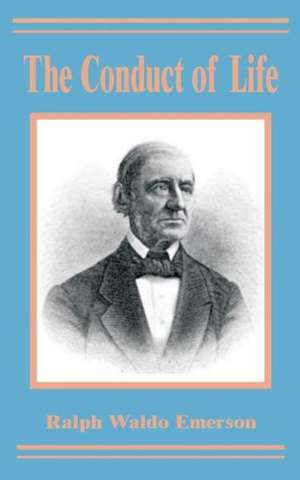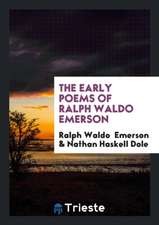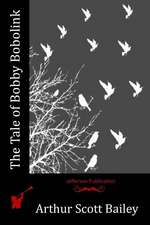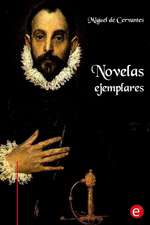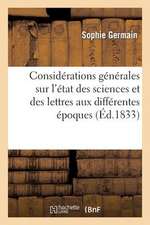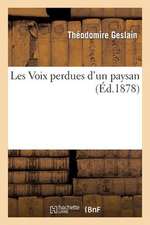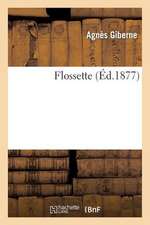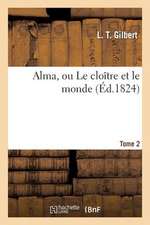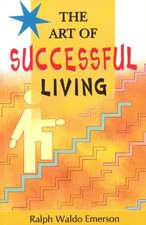The Conduct of Life
Autor Ralph Waldo Emersonen Limba Engleză Paperback – 31 mar 2002
| Toate formatele și edițiile | Preț | Express |
|---|---|---|
| Paperback (17) | 48.05 lei 3-5 săpt. | |
| CreateSpace Independent Publishing Platform – dec 2015 | 48.05 lei 3-5 săpt. | |
| – | 49.30 lei 3-5 săpt. | |
| – | 50.32 lei 3-5 săpt. | |
| CREATESPACE – | 50.35 lei 3-5 săpt. | |
| CreateSpace Independent Publishing Platform – | 52.23 lei 3-5 săpt. | |
| – | 52.98 lei 3-5 săpt. | |
| CREATESPACE – | 74.69 lei 3-5 săpt. | |
| CREATESPACE – | 75.10 lei 3-5 săpt. | |
| CREATESPACE – | 103.77 lei 3-5 săpt. | |
| – | 104.39 lei 3-5 săpt. | |
| Akasha Classics – 11 sep 2008 | 87.24 lei 6-8 săpt. | |
| 1st World Library – | 89.51 lei 6-8 săpt. | |
| Bibliotech Press – 9 ian 2023 | 99.26 lei 6-8 săpt. | |
| COSIMO CLASSICS – 14 mar 2007 | 112.59 lei 6-8 săpt. | |
| LIGHTNING SOURCE INC – 24 oct 2018 | 141.78 lei 17-23 zile | |
| INTL LAW & TAXATION PUBL – 31 mar 2002 | 163.45 lei 6-8 săpt. | |
| Rowman & Littlefield – 4 apr 2006 | 405.05 lei 6-8 săpt. | |
| Hardback (4) | 157.78 lei 6-8 săpt. | |
| Akasha Classics – 11 sep 2008 | 157.78 lei 6-8 săpt. | |
| 1st World Library – | 183.67 lei 6-8 săpt. | |
| Bibliotech Press – 9 ian 2023 | 190.47 lei 6-8 săpt. | |
| Rowman & Littlefield – 30 mar 2006 | 566.96 lei 6-8 săpt. |
Preț: 163.45 lei
Nou
Puncte Express: 245
Preț estimativ în valută:
31.28€ • 32.46$ • 26.14£
31.28€ • 32.46$ • 26.14£
Carte tipărită la comandă
Livrare economică 15-29 martie
Preluare comenzi: 021 569.72.76
Specificații
ISBN-13: 9780898757989
ISBN-10: 0898757983
Pagini: 336
Dimensiuni: 129 x 203 x 22 mm
Greutate: 0.38 kg
Editura: INTL LAW & TAXATION PUBL
Locul publicării:United States
ISBN-10: 0898757983
Pagini: 336
Dimensiuni: 129 x 203 x 22 mm
Greutate: 0.38 kg
Editura: INTL LAW & TAXATION PUBL
Locul publicării:United States
Notă biografică
Descriere
Descriere de la o altă ediție sau format:
Ralph Waldo Emerson's 1860 book, "The Conduct of Life" is among the gems of his mature works. It poses the questions of human freedom and fate. This book is edited from the original 1860 edition and annotated to illuminate and trace Emerson's references.
Ralph Waldo Emerson's 1860 book, "The Conduct of Life" is among the gems of his mature works. It poses the questions of human freedom and fate. This book is edited from the original 1860 edition and annotated to illuminate and trace Emerson's references.
